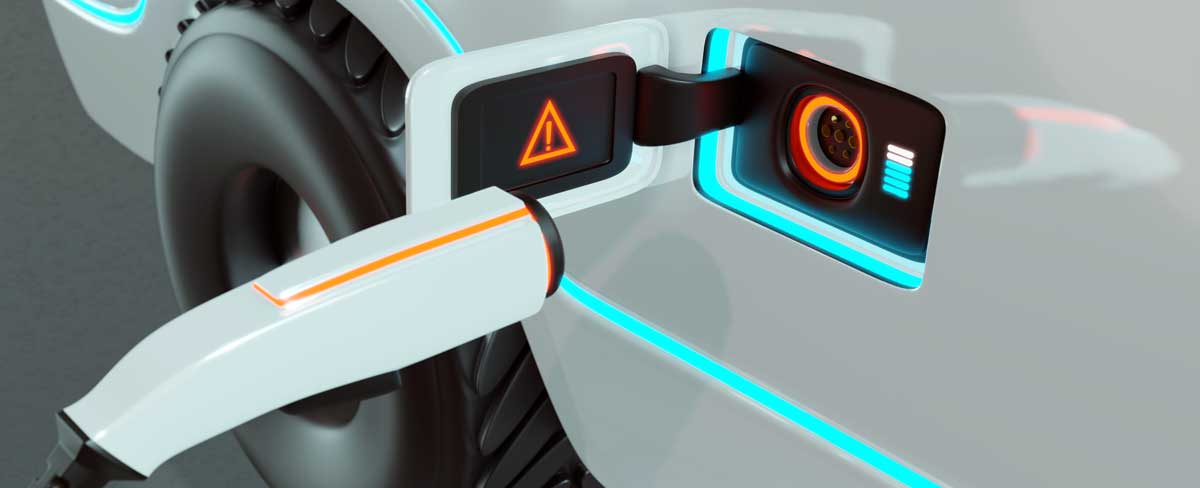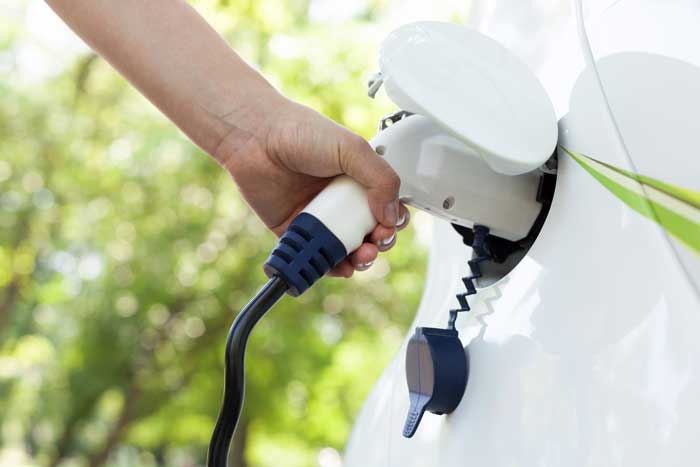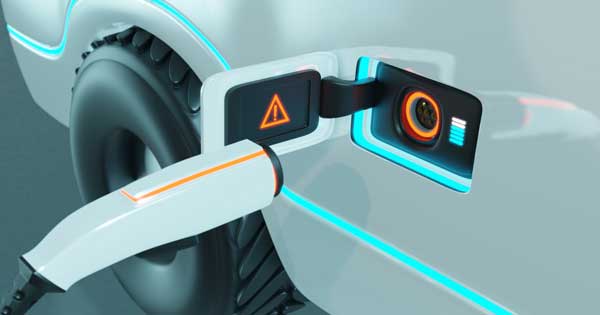LURE OF FAST CARS
Speed at a high price
COMPILED BY Dyan Seneviratne
Today’s car industry is preoccupied with EV technology. Until recently, the top end of the high value EV market was hogged by Tesla. No longer! Those grand marques that have joined include Audi, Jaguar, Mercedes-Benz, BMW and Porsche.
Motorists seeking a cheaper option have more choices such as the Nissan Leaf (second generation). Meanwhile, Volkswagen has had ambitious plans to electrify its cars and launched the ID.3 hatchback in 2019 – the first of a range of EVs that will eventually sell in their millions.
Electric hypercars that serve a far more refined market are currently available for sale. These wildly expensive vehicles are equipped with batteries that propel them at mind-blowing speeds. Manufacturers such as Ferrari and McLaren have embraced hybrid powertrains, which couple internal combustion and batteries to propel cars even faster than petrol engines alone.

The hybrid SF90 Stradale (the launch of which has been postponed due to the COVID-19 pandemic) will be Ferrari’s most powerful road car with a top speed in excess of 340 kmph.
But with a rumoured price tag of US$ 500,000, it barely qualifies as a true hypercar where the price starts in the millions. Market projections for the high end car industry indicate that the hyper-rich are willing to pay even bigger money for pure battery power.
Most prominent new car manufacturers are taking oddly similar approaches. For instance, they use a recognisable name from the golden era of cars. The Flying Swan emblem of Hispano-Suiza, which last made limousines in the 1940s to rival Rolls-Royce, is back on a bonnet. Automobili Pininfarina revives the name of the firm that designed the bodywork for Ferrari’s most beautiful cars.
The idea of producing outrageously expensive cars in very limited numbers to attract wealthy collectors is borrowed from the established supercar companies. In 2019, Ferrari unveiled two models – viz. the Ferrari Monza SP1 and SP2 – inspired by racing cars from the past. Only 500 of each will be manufactured and the cars will have a price tag of around US$ 1.7 million.

In the meantime, new carmakers have even more limited ambitions in terms of production if not price. Pininfarina will make only 150 EVs of its Battista and charge a whopping two million dollars each. Not to be outdone, Rimac Automobili also plans to produce around 150 cars and Lotus is aiming at 130 EVs – both creating a hole in the wallets of customers and relieving them of a cool US$ 2 million for each car!
Existing supercar firms will not worry too much. All are contemplating pure electric cars of their own against a backdrop of overwhelming evidence that EVs and hybrids are the future of car power. Besides, the sort of person who buys a two million dollar hypercar is invariably a serious collector who probably owns several expensive cars already.
Adding a pure EV to the fleet will not make them less likely to buy another high-performance low volume hypercar from McLaren, Aston Martin or Ferrari for that matter.


